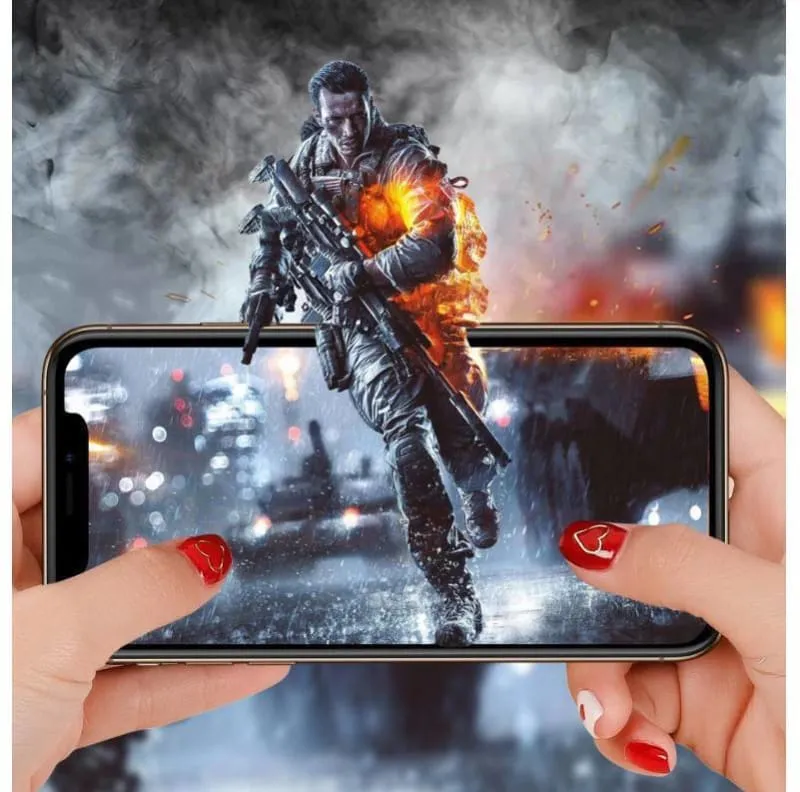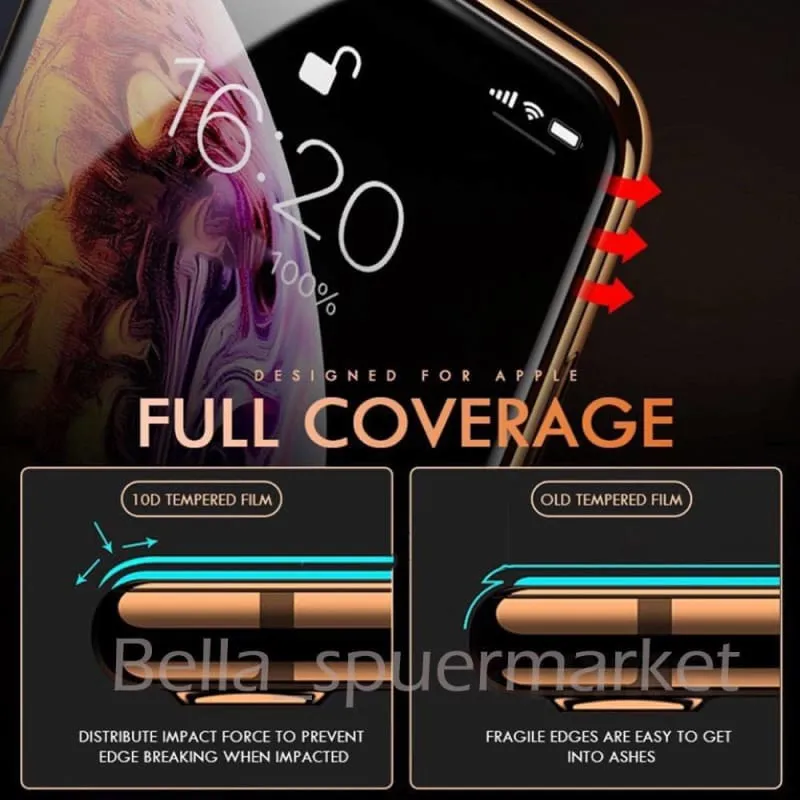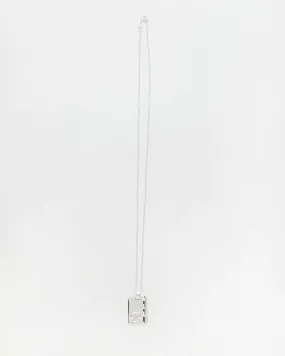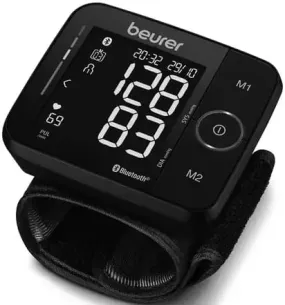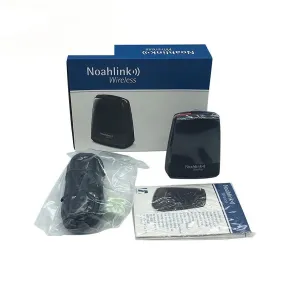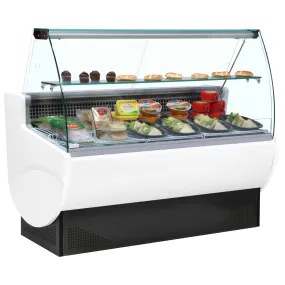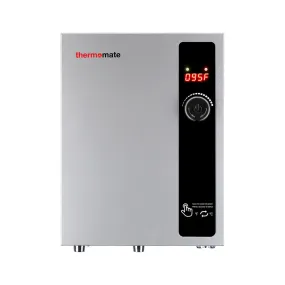1. What are screen protectors made from?
Once you start shopping for screen protectors online, you will see lots of different terms and specifications, things such as Gorilla Glass, 9H hardness, oleophobic coating, TPU, etc. and the 2 most common types of material used are plastic and tempered glass.A. TPU plastic screen protector
TPU (thermoplastic polyurethane) is chemically-enhanced plastic whose properties include scratch resistance, elasticity, oil and grease resistance, and increased toughness. Since the material is elastic, it has limited "self-healing" abilities, and they are good at absorbing non-extreme impact, such as light scratches while retaining all or most of its original composition. The biggest advantage of this type of protector is that they are cheap, almost all plastic ones can be found for less than $10. (typically between $1 and $10)
However, it’s worth paying particular attention to the bit that says “non-extreme impact”. You see, Plastic screen protectors show scratches really easy, and unfortunately, the scratches are typically permanent. Another limitation with this type is that they are more likely to have a poor fingerprint resistance, and they usually don’t provide 100% screen coverage (for example, the edges of the Samsung Galaxy S8). Suffice to say that, if you are looking to buy a cheap screen protector with basic protection, go for a plastic one.
B. Tempered glass screen protector
This is our undisputed favorite type of screen protector to date, and it’s exceptionally good at protecting your phone’s screen against scratches and drops. Why? Well, even though they might not last as long as the plastic ones, most tempered glass protectors (except cheap ones that can give a bad impression), have two very important features that plastic ones don’t: they offer far better resistance against scratches and drops and they closely mimic the feel of your actual screen, which makes them much nicer to use. So, with these two features alone, you can see that it makes more sense to go with a tempered glass protector.
Now you might be wondering, what about those other terms that we mentioned, Gorilla Glass, 9H hardness, oleophobic coating and 2.5D/3D/5D protectors? What’s the relationship between these terms and this kind of screen protector?
Let’s just run through each one and see where they matter.
2. What do you need to consider when it comes to choosing a tempered screen protector?
A. How Mohs hardness test affects the scratch resistance
What is it? Mohs hardness, characterizes the scratch resistance of various minerals through the ability of a harder material being able to scratch a softer material, accordingly, you can use this to understand if there are any materials that could scratch to your phone’s screen or not. For example, if you scratched a diamond along a pane of glass, the glass would scratch and it wouldn't harm the diamond in any way.
On the Mohs scale, a fingernail has hardness of 2.5; a copper penny, about 3; steel is around 4-4.5; whilst a knife blade is around 5.5; window glass is 6; whilst Gorilla Glass is 6.5, quartz (the main composition of sand) has hardness of 7 and Diamond(C) is 10. And you might have already guessed this, but your phone screen’s biggest enemy is sand. Which can be found everywhere and unfortunately, it’s harder than glass, even Gorilla Glass, a specialized toughened glass.
So in my opinion, seeing if there is a Mohs scale test value for a screen protector will show you if it’s good at resisting scratches or drops.
Oh, forget about the 9H Hardness that many screen protector manufacturers use to advertise their products. It simply refers to the screen not being scratched by a 9H pencil, the toughest of all standard pencils. Apparently it’s not able to withstand the hardness of a knife blade at 5.5, though it surely could add more protection to your phone screen.
B. Do you really know what 2.5D/3D/5D is?
When we talk about a 2D glass screen, it refers to a pure, flat screen. This relates back to a time when smartphone screens were just flat, where all the points on the glass are in the same, flat 2D plane. Whilst a 2.5D glass screen has a slight curvature towards the edges, although just like a 2D screen, the middle area is the same as a flat 2D screen. And a 3D glass screen generally refers to a larger curved area of the glass (full-screen), such as Samsung's Galaxy series. It is not only for the glass surface but also for the assembly and electronic display panel, which is essentially different when comparing it against a 2.5D glass screen. Finally, a 5D glass protector is very similar to the 3D.
The point I wanted to make here is, how do you choose between them?
As we mentioned above, 2.5D means that the very edge of the screen protector is slightly curved, but it is still a flat glass panel. Whilst the 3D and 5D tempered screen protectors have larger, more prominent curved edges.
Choosing the correct type is very important if you are going to pick a screen protector. Why? Well, many people believe that the more the protector covers your phone screen, the safer it will be. However, it actually depends on the circumstances. You see, the four corners of your phone are the most vulnerable parts of your device, and a screen protector is never going to protect your phone and the corner like a case can.
C. How does an oleophobic coating provide finger smudge resistance?
Unlike plastic film protectors, tempered glass retains fingerprint smudges, so it needs an additional coating to stop this. An oleophobic coating repels oil, which basically means your fingerprints won’t stick to it. A swipe with a micro-fibre cloth will get rid of them. Check this video made by EverythingApplePro, and you will see that a more expensive tempered glass protector works better at resisting fingerprints while the cheaper one retains the fingerprints. Why is that? It’s down to the method of bonding the coating to the glass, and the type of polymer used is up to the manufacturer. Check a more clear picture below.
So that’s why you should pay attention to the oleophobic coating.
D. Why should you care about the touch sensitivity
Even though the manufacturer intended to make the tempered glass protector feel exactly like your phone’s actual screen, it can still affect your experience when you use your phone. One key aspect that can have a significant effect on touch is the thickness. The thicker your screen protector, the more uncomfortable the screen feels, and this can affect your phone’s touch sensitivity. The thicker your screen protector, the more you can feel this when holding the phone, whilst the thinner it is, the better it feels, and the level of protection is still the same (although it will also be more expensive).
Anything else you should know about?
Well, one area, which can really make a difference, is knowing if it’s easy to apply, and importantly, how to apply it.






